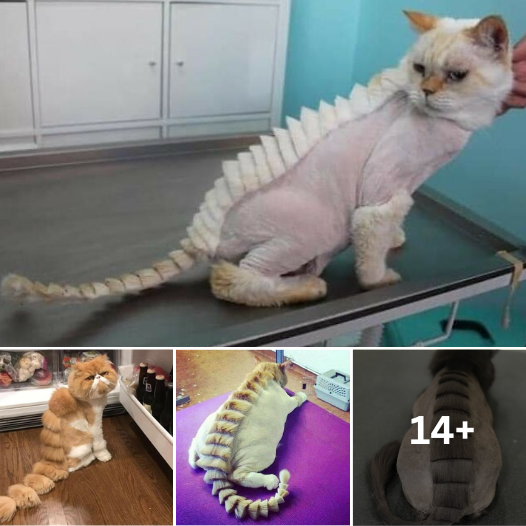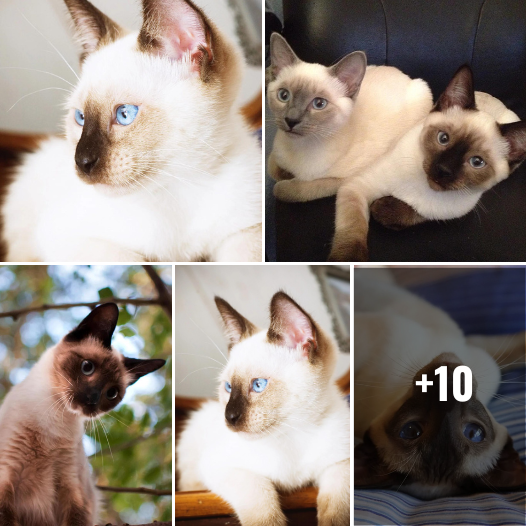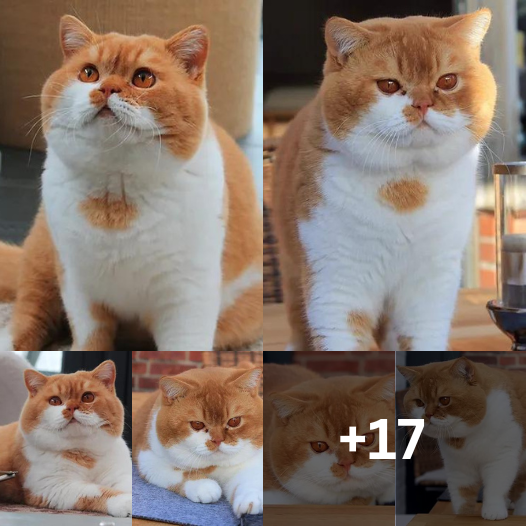Beyond the Kitten Cuteness: Why ‘Teenage’ Cats are Stealing the Show
The teenage years are a whirlwind, both for humans and kittens alike. Just when kittens hit the six-month mark, they enter their unpredictable teenage phase. It’s as if overnight, those little bundles of joy start exploring their environment with newfound fervor, challenging everything and everyone in their path.
Typically, this feline teenage phase can stretch up to three years, after which they mellow down, exhibiting the calm demeanor characteristic of adult cats. That’s why many opt to adopt older cats, especially in households that might find the antics of hyperactive kittens a bit too much. Yet, there are many who are charmed by their playful and sometimes eccentric behavior.
Just as teenage humans struggle with impulse control, adolescent kittens also grapple with their emotions. As per insights from Feline Engineering, teenage cats exhibit more activity in the limbic system, responsible for immediate reactions, rather than in the prefrontal cortex which offers better impulse control in adults. So, their seemingly erratic behavior has biological underpinnings. Without sufficient life experiences, their reactions are instinctive and emotionally charged.
Adventurous feline teens like “Maz and Calypso” are a testament to this phase. As shared by their human companions, Cole and Marmalade, these kittens are not shy of demanding attention or making sudden playful pounces.
It’s vital during this phase to ensure the home environment remains safe for these young explorers. While they will inevitably get into places they shouldn’t, positive reinforcements such as praises and treats can guide them towards desired behavior. Introducing a feline playground with varying elements can provide an outlet for their boundless energy. Incorporating cat trees and scratching posts can save furniture from their adventurous escapades.
Engaging activities, like treat scavenger hunts or innovative food puzzles, can offer hours of entertainment, aiding in their sensory development. The emphasis is on keeping things novel and intriguing.
What’s fascinating is that, despite their mischievousness, teenage kittens are also in the process of setting their boundaries. Cat behaviorist Jackson Galaxy opines that the period between 6 to 16 months is when you truly have a dynamic feline dynamo on your hands. Their energy can be awe-inspiring, even if it occasionally means they swing from your curtains.
Not all adolescent felines are extroverts. Some may become reserved, reflecting the diversity seen in human teenagers. For such cats, Galaxy recommends ample playtime to bolster their self-confidence.
There’s wisdom in adopting bonded kittens together. They not only provide companionship but also teach each other the art of being a cat, often offering their human caregivers some respite.
This journey of discovery and growth is heartwarming, as seen in the story of Bond and Calypso. Bond, initially a feral cat, didn’t get the chance to experience his teenage phase surrounded by peers. However, when introduced to young kittens, particularly Calypso, they formed an unbreakable bond. As Calypso navigates her teenage phase, Bond, with his street-smarts, plays the perfect mentor and companion, ensuring she grows into a well-adjusted adult cat. Their enduring bond is a testament to the beautiful relationships that can form in the feline world.








